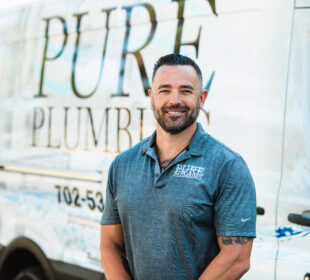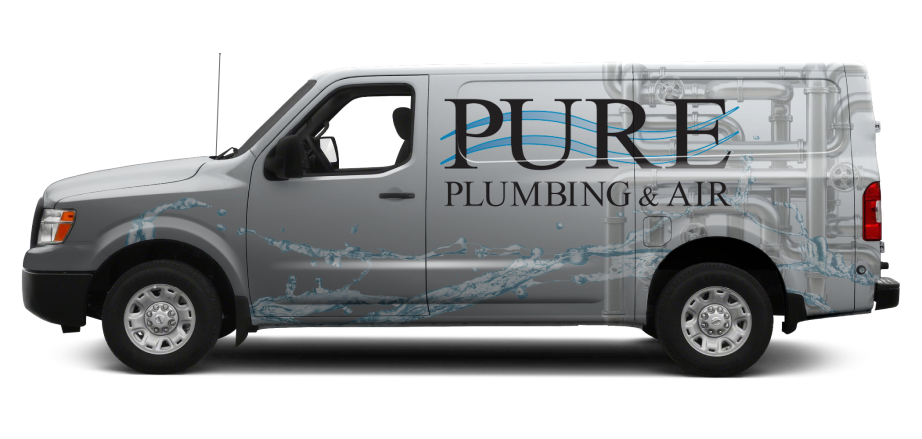Many water, sewage, and drainage pipes across the United States have been replaced in old homes and offices with ductile iron or plastic like polyvinyl chloride (PVC) or cross-linked polyethylene (PEX). Newer materials help reduce corrosion, pinhole leaks, cracks, and blockages. Older pipes installed until the 1970s were often made of metals, such as lead, copper, and cast iron, that experienced varying degrees of corrosion. Ductile iron pipes, unlike old cast iron ones, are made with linings and coatings that help prevent corrosion and plastic is corrosion-resistant. Yet, many buildings, between 100-150 years old, still have cast iron pipes that need to be replaced.
The Problems With Cast Iron
Cast iron was all the rage in the 19th and 20th centuries as it could be easily smelted and cast into tubes for plumbing purposes. Sadly, those manufacturing techniques created a product that is durable under some conditions and fragile under others:
- Old cast iron pipes without linings are susceptible to acid corrosion caused by some drain cleaner ingredients and sulfuric acid from the natural buildup of hydrogen sulfide gas.
- The casting process created pipe thickness imperfections that result in faster wall breaches from internal corrosion caused by waste and/or external corrosion caused by acidic soils in areas where the walls are too thin.
- Seam imperfections can make the pipes susceptible to cracking along the seams.
When to Call a Professional
It can be difficult for a property owner to know exactly when it’s time to contact a plumber unless there is a noticeable leak because many old pipes that look bad from external rust still work fine. Holes, cracks, and leaks are red flags. You should also call if you see:
- A slow-moving tap or drain: Internal corrosion causes rust buildup within the pipes that alone, or in combination with hard minerals and/or waste materials, can partially block the flow of water or waste. Of course, any type of total blockage/backup can indicate that the pipes are experiencing internal corrosion.
- External mound-shaped rust buildup: Just as buildup can occur inside pipes, it can also happen on the outside from a pinhole wall breach. The mound forms from rust closing the breach and can be incredibly small or as big as a quarter. Over time, a cycle occurs in which internal corrosion re-opens the hole, more rust builds up, and, so on.
The Disadvantages of Spot Repair
Modern ductile iron pipes have a life expectancy of about 100 to 110 years in non-acidic environments. Since many cast iron pipes are in that age range or older, spot repair can become a regular event. The most cost-effective solution is often full system replacement instead of continuous small-section repair or replacement. As cast iron was still being installed about fifty years ago, only a professional plumber can help you determine the repair and long-term maintenance plan that will work best for your situation.
For more information about this topic, or to schedule a cast iron pipe system inspection and free estimate, contact our expert Pure Plumbing & Air team today. Even if you are in the middle of an emergency, we are available night and day every day so that property owners in the Las Vegas region can get fast and effective help with their plumbing problems.

